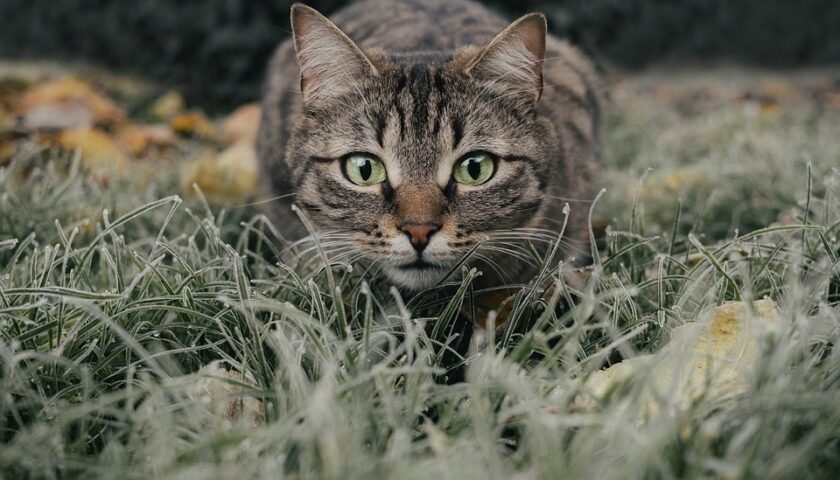[ad_1]
Protect Your Home: Top Pests and How to Prevent Them
Nobody likes unwelcome visitors in their home, especially when those visitors come in the form of pests. From creepy crawlies to tiny critters, pests can cause frustration, damage, and even health issues. Understanding the most common pests and taking preventive measures can help you protect your home and ensure peace of mind.
1. Ants:
Ants are one of the most common household pests. They can invade your home in search of food and water, forming long trails that can be difficult to eradicate. To prevent ants, make sure to seal all food containers tightly, clean up any spills or crumbs immediately, and block their entry points by sealing any cracks or holes in your walls or foundation.
2. Cockroaches:
Cockroaches are not only unsightly but also carry allergens that can trigger asthma and allergies. These resilient pests can enter your home through various means, such as pipes and vents. Keeping your home clean and eliminating sources of food and water can help deter them. Seal any cracks or crevices, fix leaks promptly, and store food in airtight containers.
3. Mice and Rats:
Mice and rats can cause significant damage to your home, with their gnawing behavior leading to damaged wires, insulation, and even structural issues. To keep rodents away, ensure all entry points, such as gaps or holes, are sealed. Keep food stored securely, remove potential nesting sites like piles of debris, and regularly inspect the areas around your home for signs of damage or droppings.
4. Bed Bugs:
Bed bugs have become a prevalent issue for many homeowners. These tiny blood-sucking insects can cause red, itchy bites and infest mattresses, upholstery, and even clothing. Preventing bedbugs can be challenging, as they can easily hitch a ride on your belongings or be brought in unknowingly. Inspect second-hand furniture before bringing it into your home, wash all bedding regularly in hot water, and vacuum your mattress regularly.
5. Termites:
Termites can cause extensive damage that is often not apparent until it’s too late. They feed on wood materials and can weaken the structure of your home. Regular termite inspections can help detect any early signs of infestation, such as mud tubes or discarded wings. Avoid wood-to-soil contact around your home, keep mulch away from the foundation, and fix any leaks or moisture issues, as termites are attracted to damp environments.
6. Mosquitoes:
Apart from being annoying with their buzzing and itchy bites, mosquitoes can transmit diseases such as West Nile virus or dengue fever. Preventing mosquito infestations can be done by eliminating standing water around your home, such as in buckets or containers. Install window screens and use insect repellents, especially during peak mosquito activity times.
7. Flies:
Flies are not only a nuisance but can also contaminate your food with disease-causing bacteria. Keep your home clean and dispose of trash regularly. Keep doors and windows closed, or use fly screens to prevent their entry. Fly traps or sticky paper can also help catch any strays.
Remember, prevention is better than treatment when it comes to pest control. Regularly inspect your home for any signs of pests, maintain cleanliness, and implement preventive measures to keep pests from disrupting your home. If an infestation does occur, it’s advisable to consult with a professional pest control service to address the problem effectively and safely.
[ad_2]




